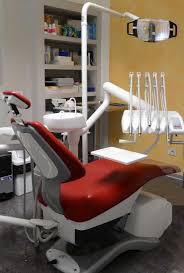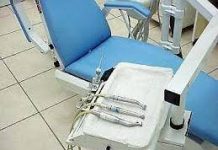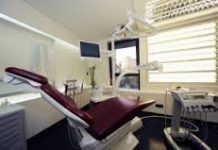Teeth braces.
Braces, also known as dental braces, orthodontic cases or cases, are a common device used in orthodontic to correct flaws of the teeth or of the palate and the jaw, as misaligned teeth, crowded teeth, space between teeth, irregularities of bite as malocclusions, overbites, underbites.
This device works by putting a gentle pressure on teeth and force them to move following the brackets and the archwire: braces are composed of brackets, that are small squares bonded directly to the teeth, and an archwire, that is attached to the brackets and act as tracks to guide the movement of the teeth; sometimes brackets can be fixed into orthodontic bands, that wrap around each tooth to provide an anchor for the brackets.
Dental braces. The use.
Dental braces are a very traditional method to align and straighten teeth, but it’s still widely utilized as it always works. In the past, dental braces were made up of stainless steel: this material is still used, but now other options are available for children, teenagers and adults.
Traditional or metal dental braces are now less noticeable, brackets are smaller and costs are usually cheaper; moreover, now there are heat-activated archwires, made up of an alloy of nickel or copper-titanium that use body heat to move teeth quickly and less painfully than before.
New kind of braces are, for example, ceramic braces, lingual braces and invisalign or clear aligners.
Ceramic braces are similar to the metal ones, but they are tooth-colored, both the brackets than the archwire; ceramic braces are less noticeable, but they cost more and require more cares, since they can stain or break.
Lingual braces are a kind of braces that are applied on the back of the teeth; made up of metal, these braces are invisible, but have some drawbacks because they’re difficult to clean, more expensive and slower in adjust teeth position. Lingual braces are not suitable for all patients.
Braces. Invisalign.
Invisalign or clear aligners are clear plastic aligners: these devices are removable and are replaced times to times. They are almost invisible and can be easly removed while eating, drinking or brushing teeth; aligners are for teenagers or adults, are expensive and less effective, but may be an option for adults with minor alignment problems.





